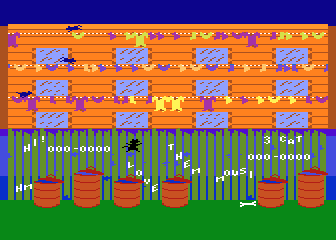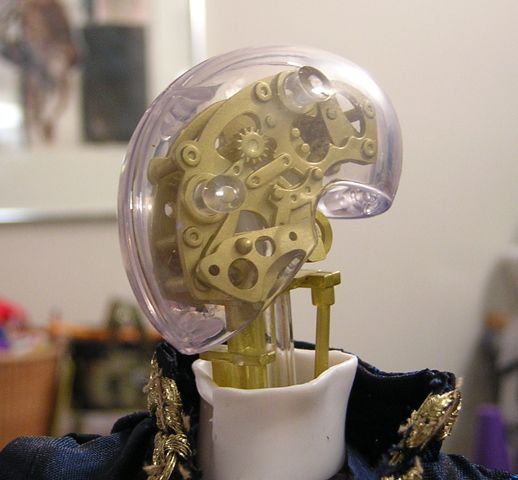 |
| "Wink of an Eye" / Star Trek |
Some managers lead using mare charisma. But even this will not help their reporting engineers make the right decisions unless they will get a wider picture on the team’s goals
One repeating pattern in history happens when a group of people face similar problems and challenges. In many cases – the mutual concerns leads the individual into grouping, and looking onto one another. That makes sense. But times change, so are the problems and difficulties. The groups that last the changes are the one that also follow some abstract idea that gives repeating reasoning over the changing periods. Those ideas can be occupational related (Such as medieval guilds) but in many cases, the narrative is disturbingly artificial. Think of religion. Think of nationalism. This is a human pattern – and it can also be used for the good of mankind.
The strongest forces in the global industry aren’t technological or financial – instead, they are sociological aspects, such as ideas and trends.
The conscious manager should try to define and seed the team’s narrative, a higher order abstract and noble target that will fuel the day to day activities. The best narratives are those that are not even related directly to a specific person or company.
In many cases – the narrative can be described by portraying a believable future:
- Camera phones will be extensively used to takes high quality pictures (For image quality algorithms research)
- Man-machine interaction will resemble human interaction (For NUI – gesture interface research)
- Let people enjoy video on their cell phones (For video streaming systems creation)
- Plain fun (For game design)
Do not settle for only seeing the short term goals:
- Optimize algorithms to reach specific CPU consumption at bit-exact results
- Implement drivers to all processing blocks created by our VLSI team
- Meet the deadlines at all cost
Having a good narrative will fuel your constant decisions and leadership. It will allow you to look beyond coming release pressure and evaluate your work and the competitors in the right glasses – where all are working to fulfill the same goals.







